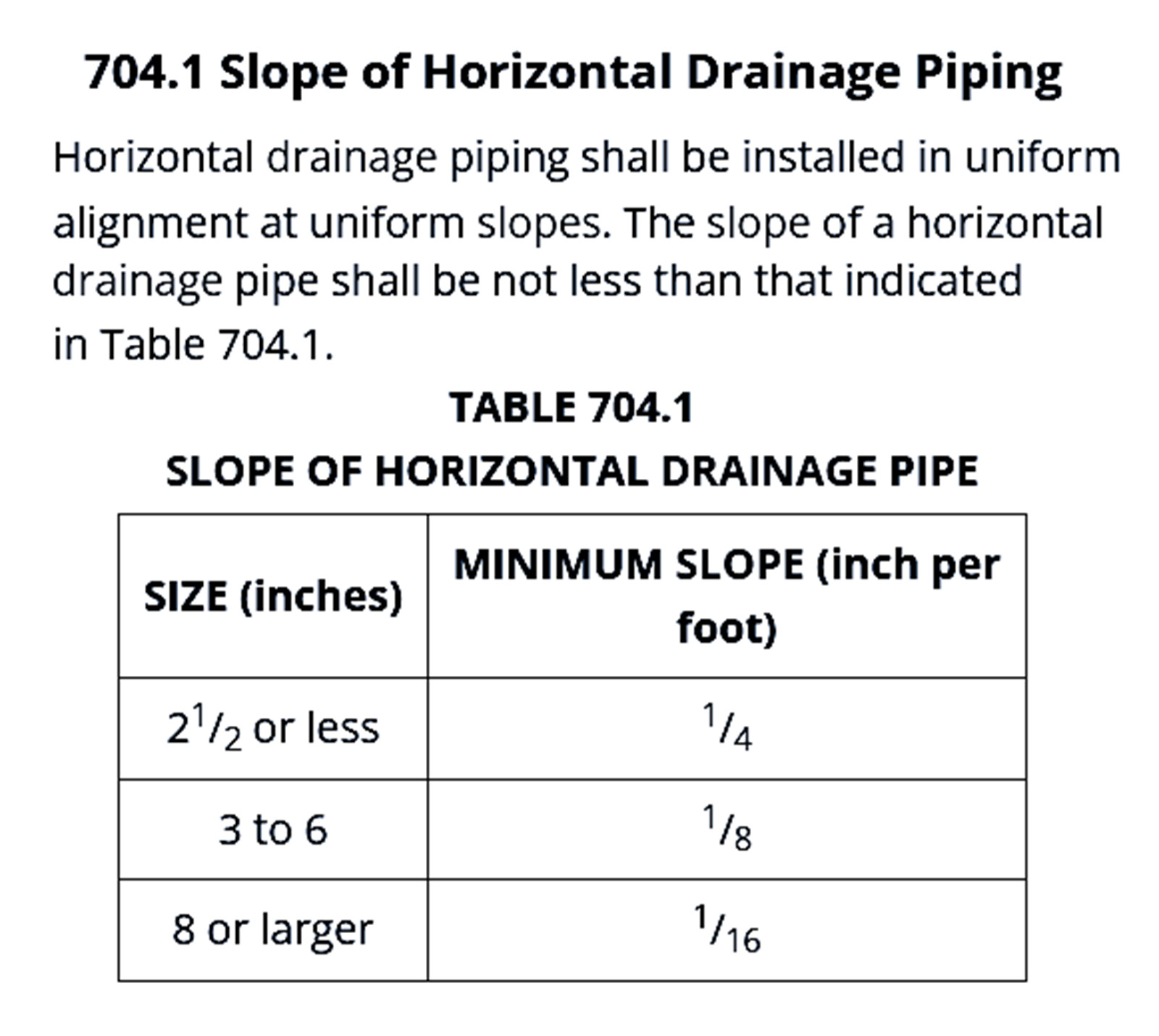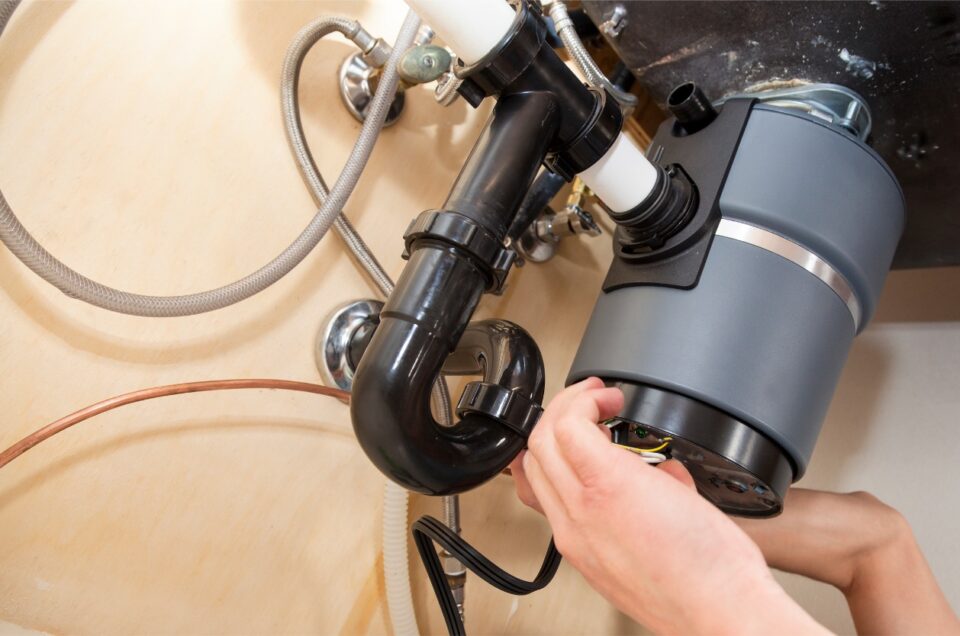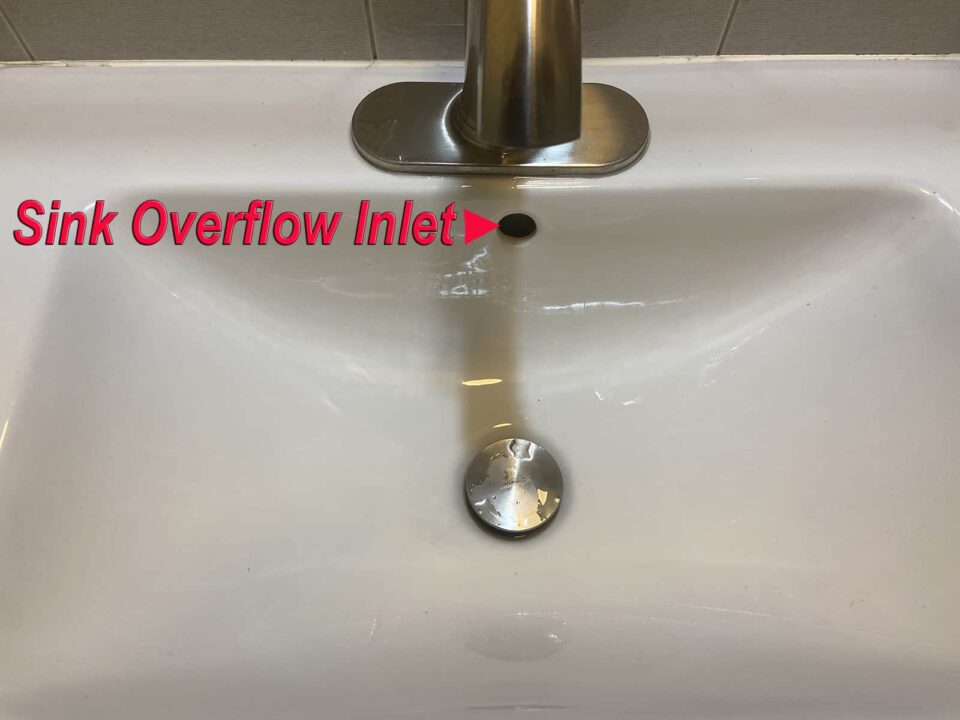As you may or may not know, proper pitch on pipe, or drain pipe slope, is crucial for effective drainage and preventing issues. In simple terms, drain lines typically work via gravity. This is why all drain lines need a certain degree of slope (pitch on each section of pipe).
If there is too little drain pipe slope wastewater, and the debris in the wastewater, will not run off properly. On the other hand, if there is too much slope that is not good either. In fact, the speed of the water running inside the pipes can adversely affect other areas of the system. These are reasons why the slope of the pipe is typically restricted to between 1/8 an inch per foot and no more than 1/2 an inch per foot.
Here are the five main reasons why drain pipe slope is important:
- Slope aka Pitch Facilitates Drainage: To state the obvious, the primary purpose of a drain pipe is to carry wastewater away from your home. Proper pitch ensures that gravity can act as the agent to make sure that happens, allowing it to move smoothly through the pipes and into the sewer or septic system. In some cases, a sewer ejector or sump pump is used to raise the level of the wastewater to a point where it can then flow via gravity.
- Proper Slope Prevents Clogs: An adequate slope helps prevent debris, sediment, fat, oil, or grease from building inside the drain pipe. If the pipe lacks proper pitch, solids may settle, accumulate, or coat drain pipes. This can lead to clogs, blockages, or coated interiors of the pipes, which all impede drainage.
- Reduces Backups and Flooding: When drain pipes are sloped correctly, water is less likely to pool or stagnate inside the pipes. Likewise, a proper drain pipe slope allows rainwater to drain off quickly during heavy rainstorms or snowmelts. This reduces the risk of backups and prevents water from flooding back into sinks, bathtubs, and fixtures in the home, or bursting out of your main house trap.
- Properly Pitched Pipes Reduce or Eliminate Sewer Odors: Stagnant water inside drain pipes can produce foul odors due to organic matter and bacteria accumulation. Proper slope promotes efficient drainage, helping to flush out odor-causing substances (including grease) and maintain a fresher environment.
- Prevents Damage to Infrastructure: If water is not properly drained away from the foundation of a building, it can lead to moisture problems, erosion, and even structural damage over time. Properly pitched drain pipes ensure the excess water is directed away from the building, protecting its integrity and longevity. This also applies to outside roof rain leader lines. Leader lines that let out onto the ground should be sloped so the rainwater runs away from the foundation wall.
The Larger The Pipe The Less Slope is Required
The chart below (704.1) is from the NYC Plumbing Code and is used to know how to calculate drain pipe slope. You will notice that the larger the pipe, the less drain pipe slope is required. So why is that true? The theory is based upon the principle that larger pipes require less pitch because as the size of the pipe increases it allows the wastewater to flow more easily.
Interestingly, if there is too much slope on a drain pipe the water will run out too quickly and leave the solids behind. That is why there is also a limit on the maximum pitch allowed on the pipe.
The NYC Plumbing Code Chart for Calculating Drain Pipe Slope
Besides the chart below, the NYC Plumbing Code also contains charts for calculating the pitch (aka slope) on vent lines and the minimum sizes for all drain pipes and vent lines.

In Summary About Installing Drain Lines With Proper Slope
In summary, maintaining the correct pitch on drain pipes is essential for ensuring efficient drainage, preventing clogs, backups, and the need for drain cleaning.
Proper drain pipe slope, in addition to drain traps, also minimize sewer odors and safeguard the structural integrity of buildings and infrastructure. Even just one small section of your drain system with the proper grade on the pipe will result in clogs and accumulation of solids, grease, fat, or oil.




